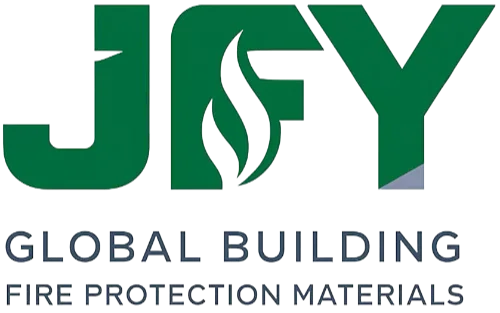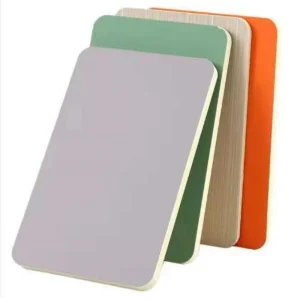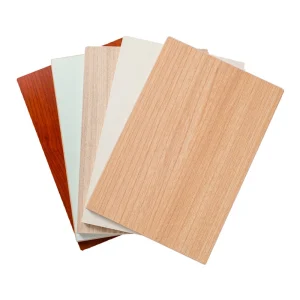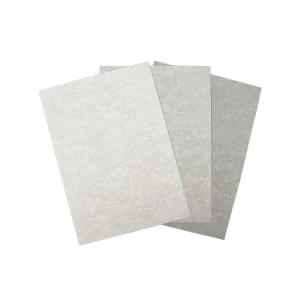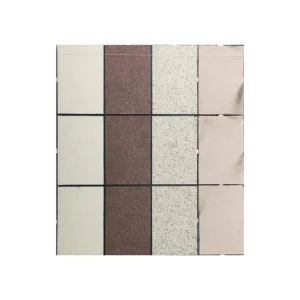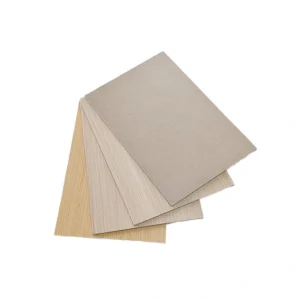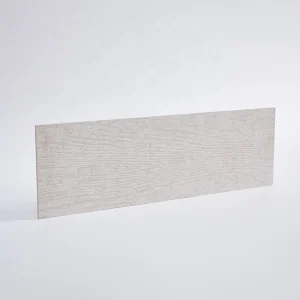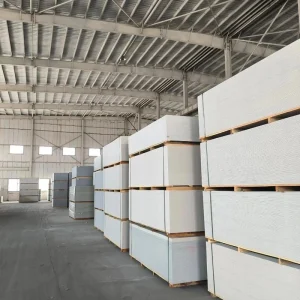As fábricas de cimento isoladas utilizam principalmente materiais isolantes para reduzir o consumo de energia e melhorar a eficiência da produção.
Durante o projeto e construção de fábricas de cimento isoladas, atenção especial é dada ao uso de materiais isolantes, como tijolos aerados e argila expandida. These materials offer multiple advantages, including thermal insulation, isolamento acústico, resistência à umidade, lightweight properties, e isolamento térmico. They effectively reduce heat transfer during the production process, thereby reducing energy consumption. The plant primarily produces building materials, including aerated bricks and expanded clay. These products are widely used in construction, flower and plant decoration, e outros campos. Their advantages include thermal insulation, isolamento acústico, resistência à umidade, lightweight properties, e isolamento térmico. 1
Além disso, low-conductivity refractory bricks and nano-insulation materials also play an important role in cement production. These materials have low thermal conductivity and high refractory properties, effectively reducing energy consumption during cement production. For example, low-conductivity refractory bricks are used in smelting furnaces and kilns. They reduce energy loss by reducing high-temperature radiation from the furnace walls and floor, while also protecting them from the damaging effects of high-temperature flames.
Resumindo, insulated cement plants achieve energy conservation and consumption reduction through the use of highly efficient insulation materials and technologies, such as aerated bricks, expanded clay, low-conductivity refractory bricks, and nano-insulation materials. This also improves cement production efficiency and product quality.


